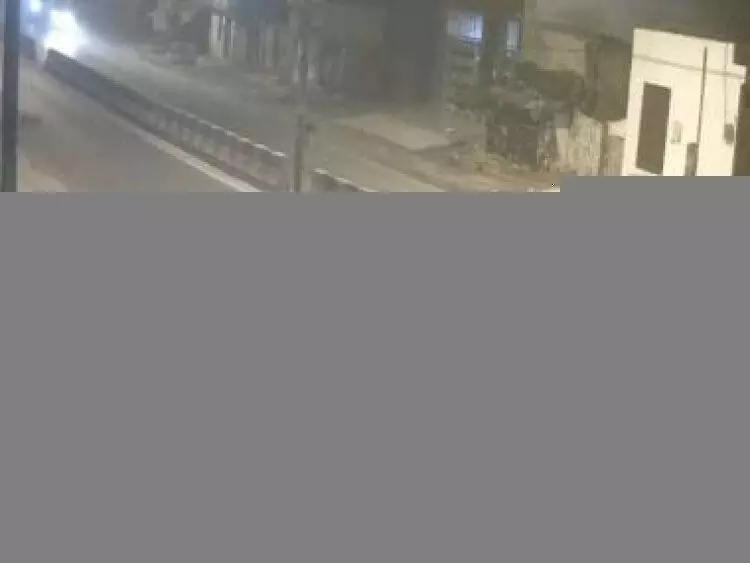When do we learn?

The autopsy report in the Sultanpuri car accident case has revealed that the death of the girl occurred due to shock and haemorrhage resulting from antemortem injury to the head, spine, left femur and both lower limbs. The injuries were found to have been caused by “blunt force impact” possibly with “vehicular accident and dragging”. No traces of sexual assault injury were discovered in the preliminary report. The horrendous incident that lent 2023 a grim start, points toward glaring loopholes that plague the safety mechanisms on Indian roads. It raises questions about infrastructural inadequacies, negligence of police officials, the insensitivity of India’s road transport system towards women, and the impact of such lapses on opportunities for women. In the Sultanpuri case, the road is reported to have been dimly lit and interspersed with potholes. There was a dearth of CCTV cameras as well. It is pertinent to note here that road safety in India, in general, is a mammoth problem. The World Health Organization has noted that road accidents are a major public health problem, as crashes kill more than 1.25 million people and injure about 50 million people a year, with 90 per cent of such casualties occurring in developing countries. India is counted among the topmost countries vulnerable to road accidents. India, as a signatory to the Brasilia declaration, had intended to reduce road accidents and traffic fatalities to 50 per cent by 2022, but nothing much was fructified on this front. On the contrary, the number of road accidents and their severity is only increasing year after year. According to data from the National Crime Records Bureau (NCRB), a total of 4,03,116 road accident cases were reported in 2021, up from 3,54,796 in 2020. Also, according to SaveLife Foundation, India's road crash severity in 2021 was 38.6 (deaths per 100), up from 37.5 in 2020. On top of it, the transportation system in India is not designed to consider gender aspects, including proper patrolling, CCTV surveillance and helpline assistance. One may argue that the number of casualties and injuries on the road is greater for men than for women, but the fact is, thanks to India’s social construct, women are still forced to hold back from going out for work or other purposes. It can be said with confidence that Indian roads pose many challenges for women — both in terms of serious crimes and road accidents. Death and injuries apart, such a situation is also detrimental to their opportunity to work and excel in their field of choice. Given the circumstances, it is not at all shocking that a large part of India still sees their daughters as something to be kept under the shield, rather than allowing them to be free and chase their aspirations. The deceased girl in the present case was an ambitious individual and the sole breadwinner of the family. The agony and pain her family must be going through is unsurmountable. The Delhi government has indeed announced a compensation of Rs 10 lakh for the kins of the deceased. It is also true that the Home Ministry has directed the Delhi Police Commissioner to submit a fact-finding inquiry in connection with the death of the 20-year-old girl. Accused have also been nabbed, and certain political parties are hell-bent on ensuring that the culprits be punished, particularly because one of the accused is associated with the Bharatiya Janata Party. None of these will bring the girl back or heal the wounds of her family. The culprits, intoxicated with their wealth, power or whatever, dragged the girl on the road for more than 10 km. And when their slumber broke, they decided to leave the girl undressed on the road, in the arms of death. The insensitivity shown by them is paramount. They indeed deserve the strictest possible punishment. But the incident once again also exposed the negligence shown by the police, on the busy night of the new year. They are learnt to have received several complaints while the girl was being dragged, but they failed to act appropriately. The police’s failure — both in terms of pre-emptive patrolling and their inefficacy after receiving leads about the accident — is disturbing. Now that the incident has grabbed national attention, politics is on the rise and the investigation has gained momentum, but the sad reality is that the death of the girl might have been avoided. The only hope in the present case is that the kins of the deceased receives speedy justice, though that is highly insufficient. India, as a country emerging strongly on the global firmament, must put a robust system in place to make its roads safer for the general population, and sensitive to the safety of the female population. The system must also inculcate a fair degree of stringency so that none, intoxicated with wealth or power, finds it casual to crash and drag humans on the road.



